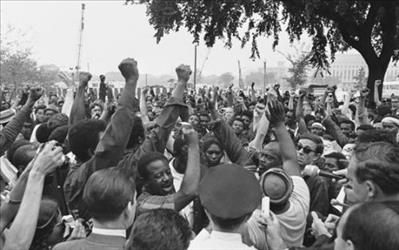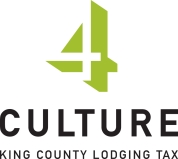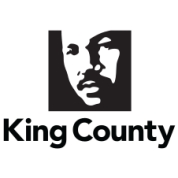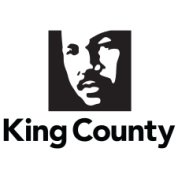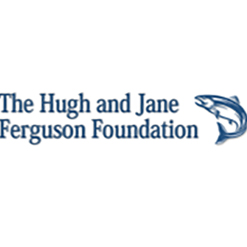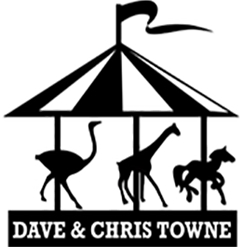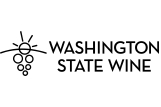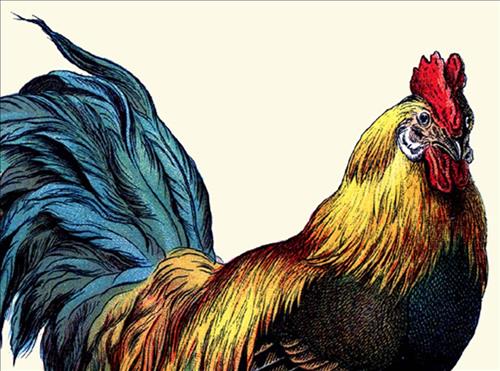
Something to Crow About
January 28 marks the start of Chinese New Year, and this week HistoryLink celebrates the Year of the Rooster with a look at some of Washington's chicken-related history. In the 1800s, many northwest farmers raised small broods of chickens, but the state's poultry industry didn't really flourish until better husbandry practices were introduced near the turn of the century. Soon afterward, poultry farms hatched open all across the state, and raising chickens -- either for eggs or meat -- became a good way for many folks to make a living.
In 1931, more than 7,200 eggs were used to create the world's largest omelet in Chehalis. The colossal concoction was prepared in a specially-made eight-foot-wide frying pan, greased beforehand by a young woman wearing slabs of bacon on her feet. The event provided some light-hearted publicity for local chicken farmers during the dark days of the Great Depression. Four years later, Gig Harbor joined in on the fun by holding rooster races.
In 1945, Washington received worldwide attention following the publication of The Egg and I, a runaway bestseller by Betty MacDonald that regaled readers with her exploits as a young bride on a Chimacum Valley chicken ranch. The book was later made into a successful film, and has been reprinted in more than 30 languages.
And finally, in keeping with our theme, we'd be remiss if we didn't mention "rooster tails" -- the giant plumes of water created by hydroplane propellers. Local boat-racing fans got their first sight of the phenomenon in 1929 when the racing boats zoomed across the waters of Seattle's Green Lake. The sport later found a home on Lake Washington and also the Columbia River.
Starting to Fly About
Following the end of World War I -- and the loss of lucrative military contracts -- William E. Boeing's fledgling airplane company was reduced to making such things as furniture and speedboats. Test pilot Eddie Hubbard convinced his boss that the future of flight lay in transporting passengers and goods. In 1919, the two men delivered America's first shipment of international air mail to Seattle from Vancouver, B.C. Hubbard later prevailed on Boeing to compete for the federal airmail contract serving the Chicago-San Francisco route -- a lucrative contract that the company won 90 years ago this week, on January 28, 1927.
Unfortunately, Boeing had recently lost its crucial Sand Point landing-strip privileges to the U.S. Navy. The company threatened to move to Los Angeles, but instead King County helped out by building a new airfield for commercial use. With this boost, Bill Boeing set his sights even higher with the development of the first modern airliner, the Boeing 247, and the incorporation of United Air Lines.
But in 1933 the new Democratic administration and Congress began investigating the cozy regulation of airlines under Republicans, and Senator (later Supreme Court Justice) Hugo Black personally grilled Bill Boeing on his "monopolistic" practices. Federal trustbusters canceled the lucrative airmail contracts and broke up the Boeing-United conglomerate. His empire in ruins and deeply embittered by his Congressional inquisition, William Boeing retired and never again played a significant role in his namesake company.
